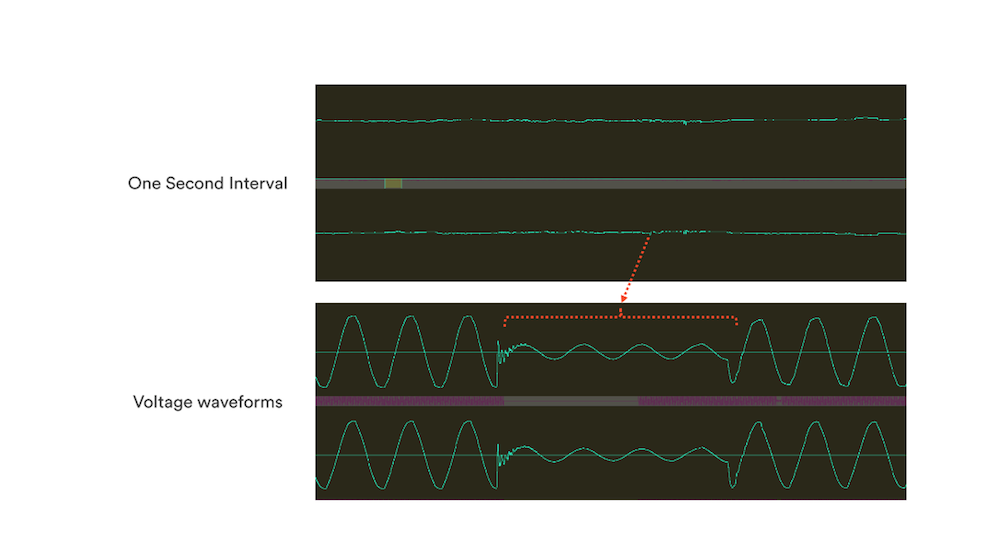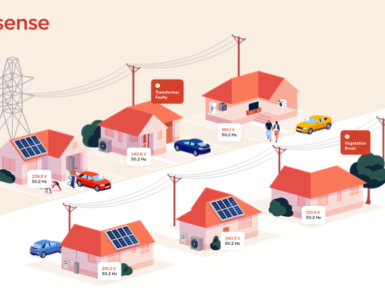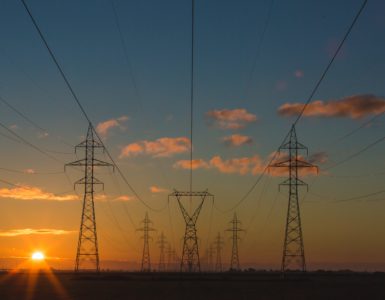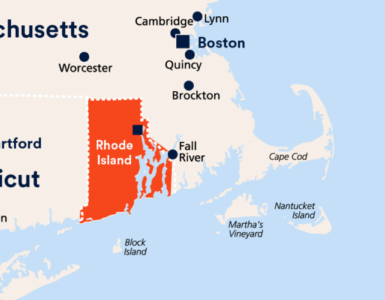
By Michael Jary, International Managing Director for Sense.
To deliver net zero in time, Netherland’s next generation smart meters have a vital role to play. But decisions made now could make or break the drive to net zero.
The combination of electrification and a low-carbon power grid is the right path to decarbonisation in the Netherlands. But unless we engage consumers, and enable energy efficiency and demand flexibility, we will be forced to build substantially more capacity into the grid at enormous expense.
To reduce carbon emissions by 49% within the decade, and 95% by 2050, we cannot neglect the people who are consuming the electricity. That is why next generation smart meters are such a vital part of the solution. By influencing when and how much energy is used in the home, next generation meters can support the coming expansion of electrification and renewables with reduced disruption to the grid.
The first wave of meters failed to deliver on their promise, largely because smart meters were not very smart. A focus on the unit cost of the meter, without considering the fuller costs of delivering the energy transition, has left current meters shorn of capability and inadequately equipped for the future. To cut carbon as rapidly as we must, we cannot make that same mistake again. The meters to be installed next will still be in homes in 2040. They must be specified to manage a much more challenging grid. They need capability to cope with full electric vehicle penetration, heat pumps in most homes, widespread distributed generation, and fluctuating renewables. Balancing the grid is inconceivable without control, insight and engagement at the grid edge.
However, first seen in North America, a new generation of smart meters is now coming to market. These meters use high resolution waveform data to provide far more detailed insights both behind the meter and at the grid edge. With this capability, next generation smart meter data analytics will deliver value in areas such as grid optimisation, demand flexibility, customer experience and distributed energy resource integration.
As networks and policymakers make decisions about next generation smart meter deployments, it’s important to understand the role that these new meters can play in consumer engagement, potentially making or breaking the success of energy efficiency and demand response programs. Peoples’ day-to-day lives in their homes have a big impact on how these programs work, including when and how much energy they use. We can’t afford to neglect customer engagement and still expect to succeed.
Whilst it’s generally believed that you cannot engage with consumers about their energy, our experience differs. Customers engage 1000 times more frequently with Sense compared to a standard energy portal. In those markets, like the Netherlands, where networks are unable to engage consumers directly, Sense or the energy supplier can take responsibility for the customer relationship, whilst ensuring the grid operator benefits from the technology.
Customer impact is not just about remembering to turn off the lights — the real gains occur when customers have the tools to understand energy consumption at an appliance level, enabling them to track down energy hungry appliances, to shift load intuitively and easily, and utilise applications and automation to optimise energy in their homes. A running total of consumption data is not helpful and nor is insight delayed by a day or more. We’ve found that the key to engaging consumers is to provide real-time applications with detailed visibility of consumption at an appliance level and control of what is happening in their homes.
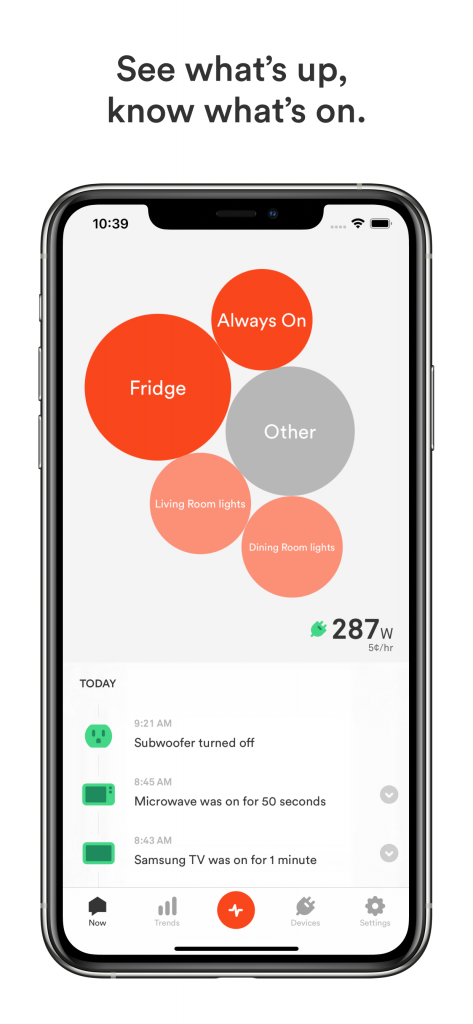
As a result, customers with the Sense app can substantially reduce their energy consumption. Sense recently collaborated with OhmConnect to see if real-time consumer engagement could impact demand response savings via a combination of OhmHour rewards and high engagement with the Sense app. Participants reduced their energy usage 313W per OhmHour on average, lowered their home energy usage by 18%, and increased their average savings by 160% over a more typical customer. If every home in advanced economies were equipped with Sense, we could reduce global carbon emissions by 4% or over a gigaton every year.
The previous generation of smart meters with 15-minute interval data, which might be delayed up to 24 hours before consumers could see it, simply didn’t offer the sort of real-time, detailed experience needed for consumer engagement. We have found that customer engagement drops off with delays of even a few seconds — consumers can no longer relate to what they see in an app to what is happening in their homes. So, with delays that could reach hours, it is not surprising that utilities have been unable to engage consumers using existing smart meters.
But there is a new generation of smart meters that can support applications like Sense — without the need for additional hardware in the home. To support real-time detailed applications, meters need three new capabilities:
High-resolution waveform data: To support a detailed view into activity in homes and to diagnose a range of failure modes in devices and the grid, we use a technology called load disaggregation. Even one-second interval data is not sufficient for real-time load disaggregation. Instead, a continuous stream of voltage and current waveforms must be sampled tens of thousands of times per second.
Edge computing: Given the high data rates required, the main work needs to be done in the meter itself. There are now several meter-based edge computing platforms able to run applications. The key is to have enough edge computing power that has access to the raw data stream.
Low-latency networking: Meters typically use a mesh network designed for reliability but not speed. To support a real-time consumer experience with delays within one or two seconds, meters need an additional networking path for the consumer applications, which can be Wi-Fi or cellular.
Whilst it’s possible with a modular meter design, to provide the edge computing and low-latency networking as a retrofit add-on, the enhanced metrology to support high-resolution waveform data typically can’t be added as a separate module. That’s usually integral to the meter. So, to deliver the benefits above, we need to specify smart meters with the right metrology for the next 15 years today.
The plots below show the difference between one-second interval data and high-resolution waveform data — in this case for detecting anomalies in the grid. In this example, there was a fault in a power line which then shows up at the edge of the grid. The anomaly is not visible in the one-second interval data, but it becomes clear in the voltage waveforms. The same sort of thing is true for the activities of devices in the home: real-time load disaggregation is just not possible without this level of detail.
The advent of real-time, dynamic energy data could dramatically reshape the customer and utility relationship. Whether as part of a demand response program or a time-of-use (TOU) tariff, customers could examine their device-level usage at the exact moment when prices are higher or incentives are available for reduced demand. This will be even more useful if capacity limits are introduced, and consumers need to understand precisely what appliances to turn down to keep below the threshold. For their part, utilities will be able to pinpoint device-level consumption that can inform their efforts to target flexible grid loads. This emerging set of capabilities will enable new paradigms in managing assets behind the meter while giving customers greater control over home comfort and energy costs.
Making the right decisions now is key. Utilities and regulators are considering smart meter rollouts now that will result in meters that stay in homes through 2040 and beyond. While we cannot predict the details of what is needed in the energy transition through this time period, we do know that the need for engaged consumers equipped with tools and applications to better understand and manage how energy is used in their homes is not going away. We need to make sure the smart meter infrastructure is up to the task and can adapt to changing needs in the future.
This means having the core capabilities of high-resolution waveform data, edge computing, and flexible networking, along with the ability to securely run applications with over-the-air updates.
There are now meters available with all these capabilities, so choosing an older generation of metering infrastructure that locks utilities into limited capabilities is no longer the right decision.
In the Netherlands, there has been a lot of talk about the role smart meters will play in the energy transition. With next gen meters due soon, specification decisions made now will have an enormous impact on future carbon emissions. In 2022, we need to design in the technology and architecture that will enable true, real-time applications that engage consumers.
For more information, visit our website at www.sense.com or check out this video:





